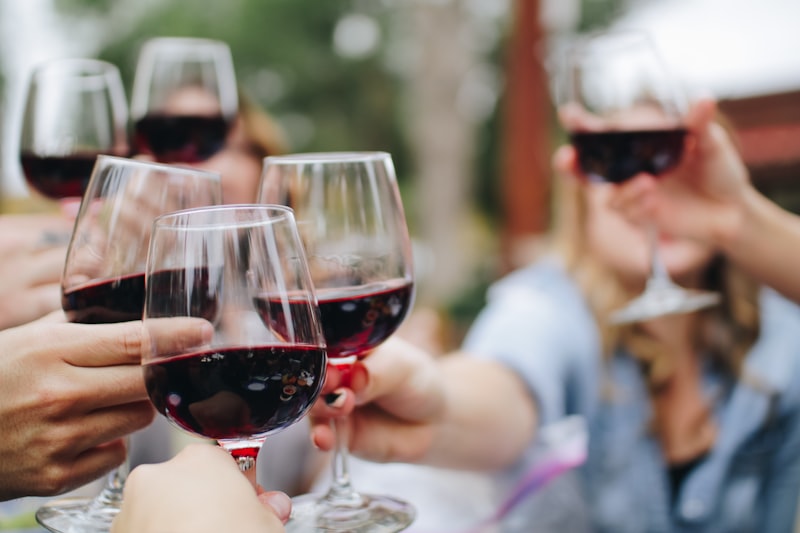Choosing the Best White Wine for Cooking
Cooking with wine is a centuries-old practice that elevates the depth of flavors in many dishes. Delicate sauces, seafood delights, and creamy risottos often call for a splash or more of white wine. Selecting the right wine can make a big difference in the taste of your meal.
Understanding the Basics
White wine adds acidity, complexity, and flavor. It’s an essential component in many recipes. But not just any wine will do. A wine’s flavor profile can significantly impact the outcome of your dish. Generally, wine with low alcohol content and a balanced acidity is ideal for cooking. Wines with higher acidity help highlight flavors in the dish.
The Role of Acidity
Acidity is crucial in cooking wine. It helps to contrast the richness in creamy and buttery dishes, often adding brightness. Wines with a good level of acidity create balance and enhance other flavors. Sauvignon Blanc and Pinot Grigio are known for their crisp acidity.
Avoid Oak-Aged Wines
When cooking, steer clear of oak-aged wines. These wines often have dominant vanilla and wood tones that can overpower the subtler flavors in your food. Unaged varieties are better for consistency and purity of flavor.
Popular White Wines for Cooking
- Sauvignon Blanc: Known for its high acidity and herbal notes. Perfect for seafood dishes and light sauces.
- Pinot Grigio: Offers a clean, crisp finish with moderate acidity. A great all-purpose wine for cooking.
- Chardonnay: When unoaked, it offers a soft and full-bodied profile. Best for creamy dishes or chicken-based recipes.
- Chenin Blanc: Provides a slight sweetness with zesty acidity. Ideal for braises and light poultry dishes.
- Riesling: Use a dry version for a hint of fruitiness without too much sugar. Works well with pork or Asian-inspired cuisine.
Cooking Techniques Involving White Wine
Certain techniques benefit more from the addition of white wine. The first is deglazing, where wine is used to dissolve the residue left after sautéing meats or vegetables. This step helps in creating a flavorful base for sauces or gravies. Reduction is another technique where the wine is simmered to intensify its flavors.
- Deglazing: Releasing flavors from the pan.
- Reduction: Concentrating flavors and enhancing taste.
How Much Wine to Use
The quantity of wine matters just as much as the type. Begin with small amounts and taste as you go. Generally, one cup is sufficient for a recipe that serves four. Be cautious; adding too much can overwhelm other ingredients.
Substitutes for White Wine
In some cases, white wine may not be available. Non-alcoholic options like white wine vinegar or apple juice can be useful substitutes. However, they may alter the flavor profile slightly. It’s important to adjust your recipes to accommodate these changes.
- White Wine Vinegar: Adds acidity without alcohol.
- Apple Juice: Provides sweetness, requires careful balance.
- Chicken Broth: Offers a savory base.
Storage and Quality Tips
Cooking doesn’t require expensive wines, but quality still matters. Use a wine you would enjoy drinking. Store opened bottles in the refrigerator, tightly sealed, for up to a week. Wines not stored properly can quickly become vinegary.
“`

